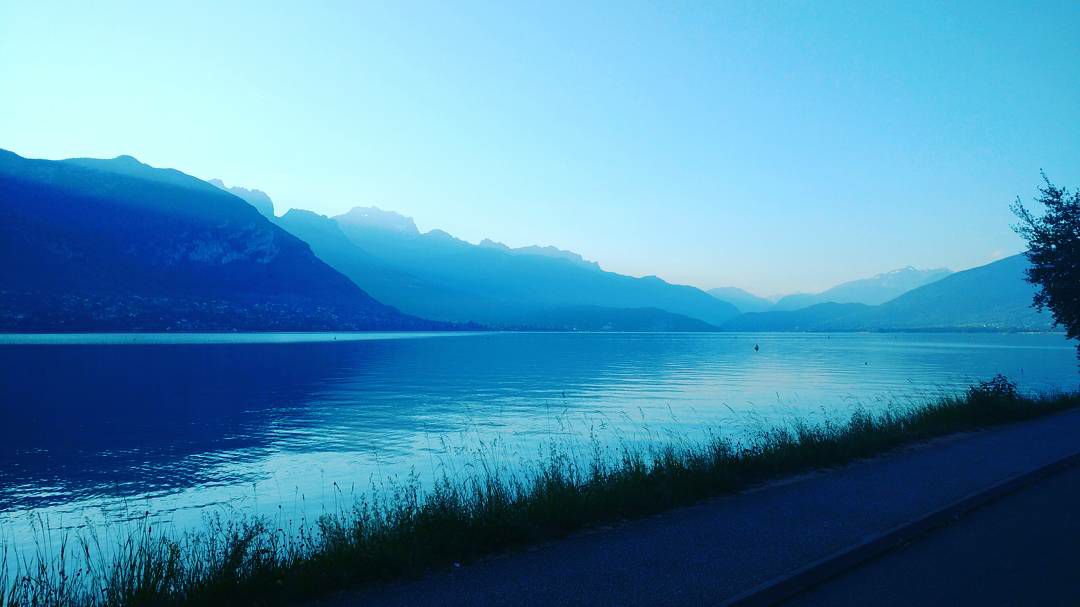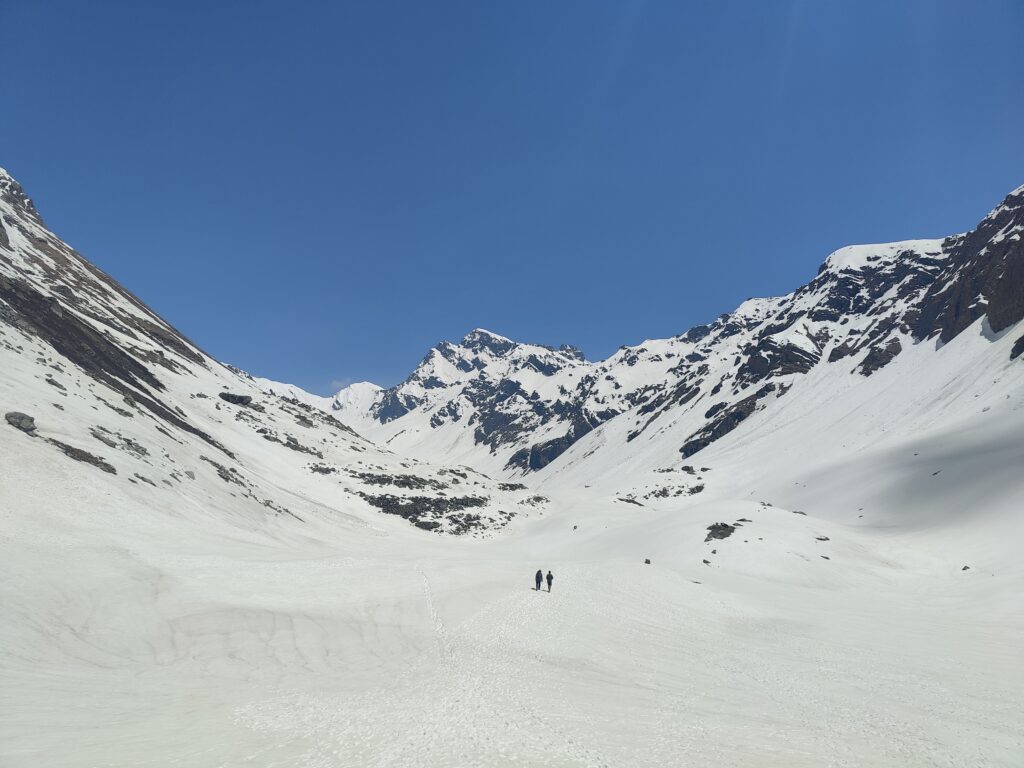Ten years ago, when I was planning our honeymoon, I was thrilled to discover the overwater villas of Maldives. I was much less thrilled to discover how much they cost. We went to Bali instead (an excellent choice), but I could never quite get the overwater villas out of my head. So with the 10th anniversary approaching, it was as good a time as any to loosen the purse strings.

Essential Information
Maldives is unlike any other country. It is a collection of 1200 tiny coral islands, of which less than 200 are inhabited by locals. Another 100 or so house private island luxury resorts. The local islands were out of bounds for tourists until as recently as 2008 to shield the traditional, conservative society from the corrupting influence of alcohol-guzzling and bikini-sporting tourists. Then market forces led to their opening up, and the islands currently walk a tightrope between embracing the economic benefits of tourism and preserving their culture.
In the intervening years, I had travelled to the Maldives for work, visited some local islands and wanted my wife, Moumita, to also experience this less glitzy but more authentic and no less beautiful side of Maldives.
Maldives is Visa-free for all nationalities. All you need is a return flight ticket and a hotel confirmation. Do fill out the digital immigration form, IMUGA, before departure. It will save you precious minutes on your vacation and avoid an ordeal with the appalling airport Wifi. This is experience speaking.
There’s a currency exchange counter near the airport’s exit but US$ is widely accepted and often preferred across the country, so only convert a small amount (say $50) for incidentals. Tourist SIMs are available right outside with packages starting at $40, but there’s little need for one. Once you are on your island, you’ll be on your hotel Wifi.
With the dry details out of the way, let’s start exploring.
Male
We landed at Male airport at noon and had three hours to spare before our scheduled speedboat transfer to our destination, the gorgeous local island, Fulidhoo. So we set about exploring the chaotic capital.
Male isn’t exactly loaded with unmissable sights, but it’s certainly worth a quick look for an insight into local life. While the local islands are laid back, Male is bustling with the commotion of commerce. The National Museum, which I had visited on a previous trip, gives a great primer on Maldivian history and its unique way of life. The old Friday mosque is nearly four hundred years old and made of intricately carved coral boulders. We sampled some Maldivian short eats – breads and pastries in varying shapes and forms, almost always stuffed with Tuna. Worth a try!
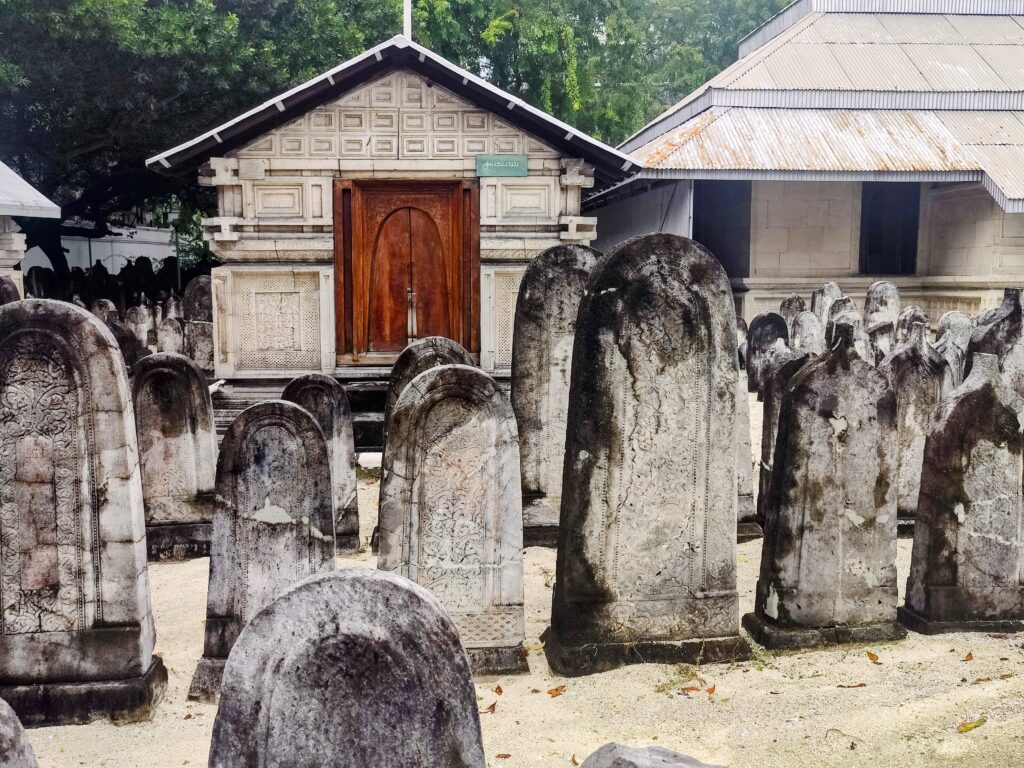
The Local Island Experience
And then we were off to Fulidhoo. The local islands are a great way to experience the incredible natural beauty of Maldives and get a real taste of its culture without breaking the bank. But, of the 200-odd local islands to choose from, why Fulidhoo? I wanted something not more than 90 minutes away from Male by speedboat (the more distant islands can be reached either by (very) expensive seaplane transfers or (very) long ferry rides). But not too close to Male either (locals mention that islands like Maafushi are now swamped with tourists and stripped of their charm). I needed good hotel options (well-rated, mid-range hotels), plenty of things to do on the island (this is usually a challenge) and with reliable operators on the island who can arrange diving, snorkelling and fishing excursions.
Holiday planning using ChatGPT was a game changer. I got tailored recommendations without having to sift through tons of different blogs. And thus, Fulidhoo.
Now, if the blog feels like a love letter to Fulidhoo and our hotel, Luau Beach Inn, let me assure you they have earned it. We were warmly greeted by our names upon arrival on the island’s jetty as if meeting old friends. The service throughout was exceptional – efficient, warm and non-intrusive. The food at their restaurant on this tiny, remote island can give upscale city restaurants a run for their money. The room was spotless and well-appointed. And the views from the balcony are to die for.


The island is pocket-sized, just 750 m long and 250 m wide and home to only 600 Maldvians. The folklore goes that four families had settled here a few hundred years ago and everyone on the island today has descended from them.
With the last rays of the sun lighting up the island in an afterglow, we went for a stroll around Fulidhoo. We were drawn to a crowd (in Fulidhoo, that’s 5 people) on the beach and lo and behold! Right there was a group of Nurse Sharks, merrily chomping on the tuna they were being fed by a hotel’s staff. They looked so docile that it makes one wonder what earned them their reputation for ferocity. Fulidhoo was already proving to be a great choice.
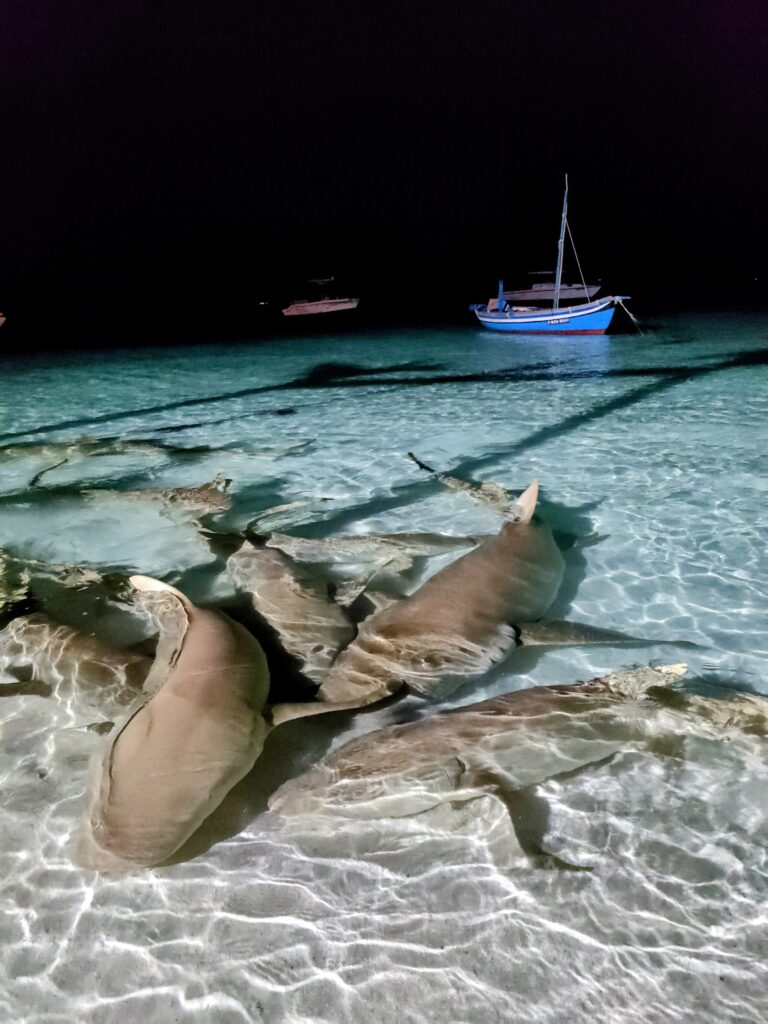
The next morning, in the bright sunlight, the waters surrounding the island revealed their true colours. There were more shades of blue than you find in an Asian Paints catalogue. If we made friends with Nurse Sharks in the evening, it was now the Stingrays’ turn to bless us with a visit. Tourists have to take snorkelling trips to see them, and here they were right at our doorstep!
The entire periphery of the island is rimmed by pristine beaches. The beaches are spotless and the sand is just white coral dust. We had to pinch ourselves to believe that the place was for real. And the clincher? There were barely a dozen people on the beach!

After an early lunch, it was time to explore the underwater wonders with a scuba dive. The Discover Scuba program by PADI is a 2-hour program, including an hour of coaching in shallow waters followed by a dive with an instructor. One doesn’t need expert swimming skills to do this. The fee per person was around $110.

We were gliding underwater around the coral garden, swimming among schools of fish of every imaginable colour. Time stood still. I felt like I was inside one of those National Geographic videos I had grown up watching on TV. Just then Moumita gestured to my right. I turned to see an enormous Reef Manta Ray glide past me, its silvery grey back shimmering in the rays of the afternoon sun. These gentle giants of the ocean are a rare sight. On land, I would have jumped with joy. Undersea, I could only manage a broad grin. At that moment, I promised myself that we just have to become certified Scuba divers someday and explore a lot more of the underwater wonderland.
After dinner, we headed to a cafe that screens live sports to catch Liverpool take on Manchester City. Witnessing Liverpool take Man City to the cleaners was priceless. The day could not have gone any better.

Watching the match with locals also gave me an insight into the people. The Maldivians are quiet and soft-spoken. Disappointments are expressed only through a collective gasp and a goal is celebrated with a quiet smile. No screams of joy or shrieks of frustration for them. Conversations during half-time revolved around how life on the island was changing with the onset of tourism.
The next day, we went snorkelling. All islands have operators who arrange excursions to the best snorkelling spots accessible from there. From Fulidhoo, people go to Shark Point and Turtle Point. If watching the nurse sharks up close the other day was delightful, swimming with them and having them poke and brush against me felt unreal and positively hair-raising.
But the weather gods were less kind today. There was a storm brewing in the area and the sea was very choppy. After tolerating several minutes of the boat swaying wildly, the hearty, traditional Maldivian breakfast inside me defied gravity, sprung right out and poured straight out into the ocean. It was becoming impossible for our weak constitution to put up with the moody sea; we skipped meeting the turtles and headed back.
We had plans of going sunset fishing but the fisherfolk decided against venturing out owing to the turbulent weather. The evening was instead spent admiring the sunset, taking a last stroll along the island, and reflecting on life on these islands.

Apart from the fish that is abundant in the surrounding waters, everything else needs to be brought from outside – whether a toothpick or a coffee maker. But they make the most of what they have. It has a kindergarten, a primary school, a mosque, several grocery stores and cafes, a water desalination plant, a sewage treatment plant and a power generation plant – all for the 600 residents and a handful of tourists. It even has a sports club of its own.
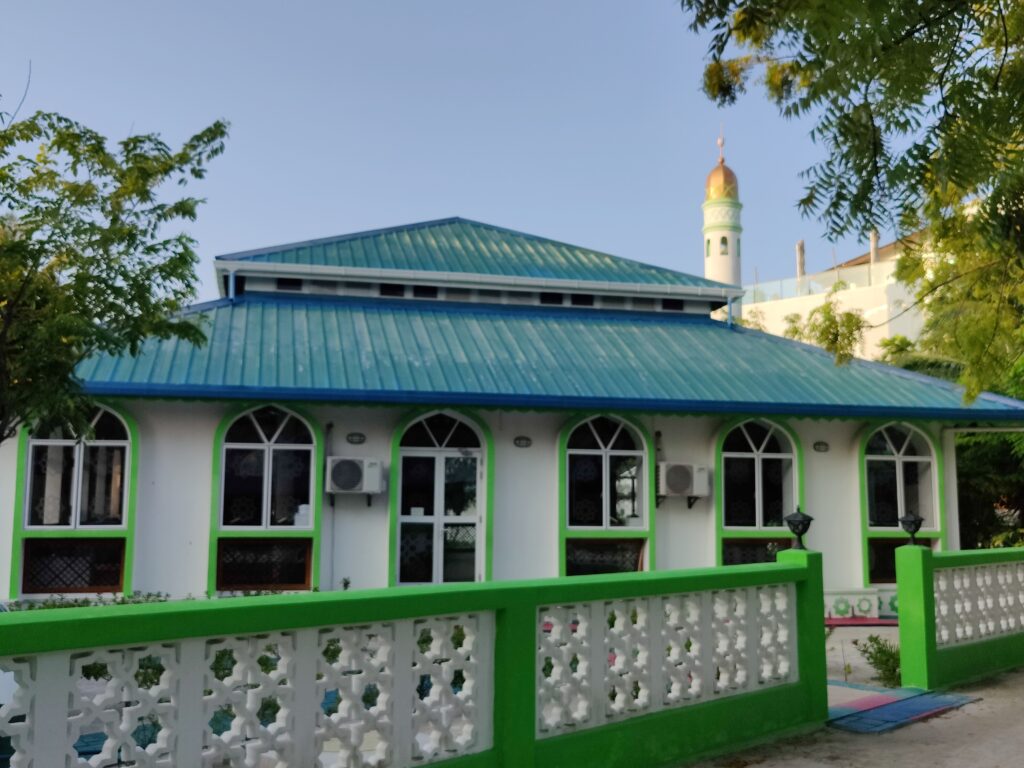
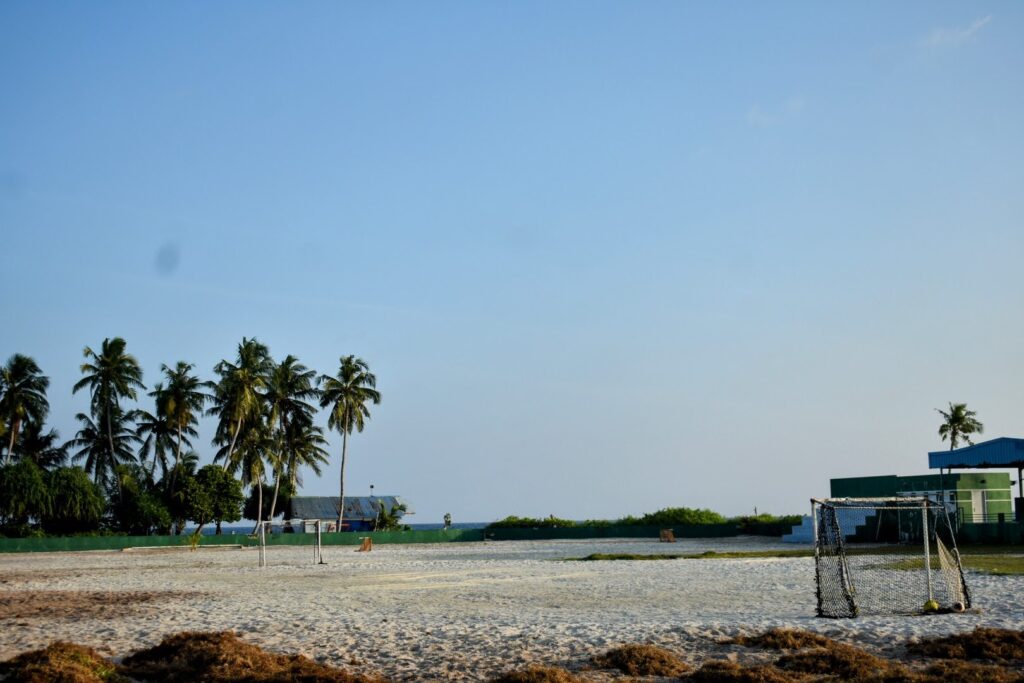
It has designated “Bikini beaches” where tourists can dress as they please and a separate beach for locals where tourists if they choose to go, should dress more respectfully. Once upon a time, every man on the island was a fisherman; that’s now changing with most youth preferring to go into the tourist trade. Thus continues the tenuous balance between the desire to protect traditions and embrace tourism.
Maldivians continue to be simple, warm people. The hotels are not territorial or competitive. We freely lounged on hammocks put up by other hotels, clicked photos on another hotel’s beach swing and used beach beds laid out by a third hotel. We were greeted with polite smiles and no one asked us where we were staying. Our hotel freely recommended other establishments for some services. It was such a breath of fresh air, not being sold to. In such contrast to most places in India.

Early the next morning, with a very heavy heart we had to bid goodbye to Fulidhoo and Luau Beach Inn. Within three short days, the place had started feeling like home. But a part of me was also looking forward to what lay ahead. After a decade of lusting over pictures of over-water villas in the Maldives, we were finally going to stay in one.
The Resort Island Experience
We arrived at our resort, Aadaran Prestige Vadoo, with very high expectations. After paying more than $1000 for a night’s stay, we had earned the right to high expectations.

A part of me secretly wishes for misadventures on travels because writing (or reading) a blog with words like majestic, gorgeous and breathtaking is no fun. And Aadaran Prestige Vadoo didn’t disappoint. Like in Fulidhoo, we were greeted at the pier upon landing. Only this time, far from knowing our names and despite seeing the two large suitcases we were carrying, they wanted to know if we were there on a day trip. We were then ushered to the reception. While they had already sent our luggage (containing my wallet) to the room, they insisted that they couldn’t possibly allow us to proceed until we paid the $6 Green Tax.
Then we were met by our “24-hour personal butler”! What that meant, as we later realized, is that we would be served only by him, while he was the “personal butler” to many other guests. Their marketing game is way stronger than their service game. My wife was not impressed. Over the last 10 years, she has gotten used to a much more efficient butler service that’s truly personal.
Throughout our stay, the most frequent greeting we encountered from the staff was “What’s your room number?”. Sometimes by three different staff members during a single meal. When I offered to tattoo the room number prominently on my forehead for their convenience, the waitress blushed and assured me that I shouldn’t take the trouble. About 3 minutes later, a colleague of hers came by to politely enquire about our room number. I kept a lid on my rage and kept munching on the food, which I grudgingly admit was delicious.

After drooling over the villa and shooting it from every angle imaginable, we stepped out to explore the property. Of course, we risked more disappointing encounters with their staff, but we braved it anyway. Our first stop was “a cooking demonstration by a chef”. Why a chef should demonstrate cooking “Upma” to guests at a luxury resort, most of whom were Indian couples on their honeymoon, is a mystery I’ll possibly take to my grave.
But all their incompetence was swiftly forgiven and forgotten as soon as we stepped into the Villa. It was every bit as dreamy as I had imagined it to be. Mammoth in size, tastefully designed, equipped with every necessity and many luxuries and with more drinks in the minibar than we could consume without risking hospitalisation. The surrounding water was those hundred shades of blue that the Maldives spoils you with. A wooden staircase from the villa led right into the ocean and schools of colourful fish often swam right by. And nothing but the blue sea between you and the horizon.


And that was the story of our stay. We thoroughly enjoyed the immaculate villa and some memorable meals, interspersed liberally with exasperating encounters with their staff.
And soon, it was time for sunset. We had booked a sunset villa but were robbed of what was to be the highlight of our stay by cloudy skies. So we headed to the Kandolhi bar, to drown our sorrows in some mocktails. It’s the main bar of the resort built on a lovely wooden deck and a lovely place to spend an evening. There we met Velu, our bartender from Sri Lanka and possibly the only sane man on their staff. While sipping some of his specials, Moumita and I indulged in a deep conversation about how the last ten years had been and what the next ten could be like.

That was followed by dinner at Kakuni, a barefoot seafood restaurant. Couples who were more in love (or more in money) had a special set up for them with candlelit tables set right on the beach. We were cheerfully cheap and took a table inside. Here too, as elsewhere, the food was brilliant. It tasted as delicious as it looked elegant. And thus the last night of the vacation came to a close.
The next morning, after one last stroll around the island and a hearty breakfast, it was time to head back. While boarding the speedboat back to the airport, three different staff members came by within 5 minutes asking for our room number to tag our luggage. It was a fitting farewell. Years from now, I may forget how blue the waters were and how white the sand was. But never will I forget that I once had the privilege, albeit brief, of residing in Villa #809 of Aadaran Prestige Vadoo.

